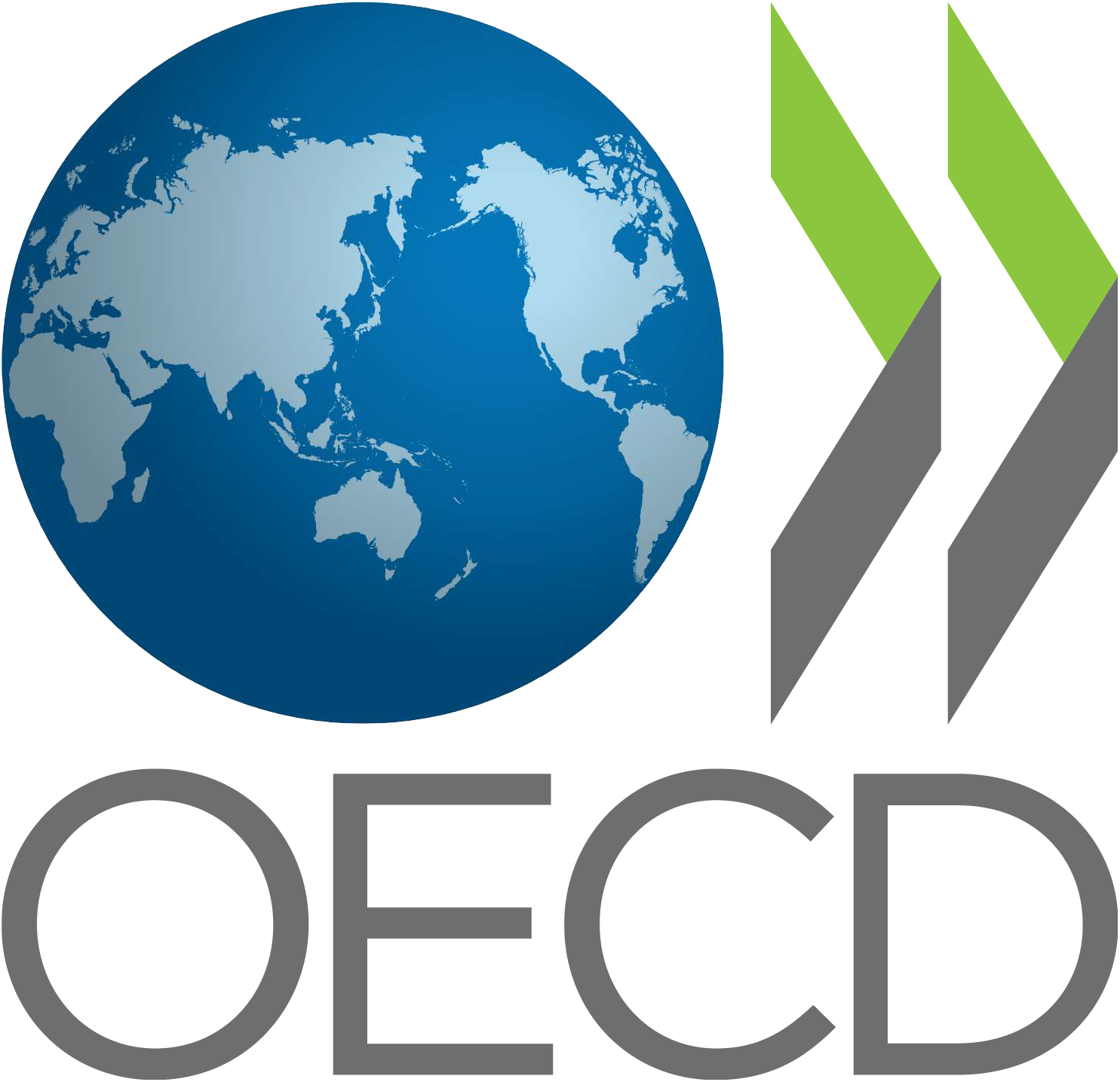The Global Agenda for Net Zero 2030
Achieving Net Zero by 2030 is a pivotal goal to combat climate change, with widespread collaboration between governments, corporations, and global organizations. This agenda is driven by ambitious policies, financial investments, and technological advancements to decarbonize economies worldwide.
Global Initiatives
Most homeowners are unaware of the full range of solar incentives available. With our specialized tax services, we make sure you don’t miss a cent.
- United Nations Climate Champions: The “Race to Zero” campaign mobilizes cities, businesses, and institutions to commit to net-zero strategies. It sets clear milestones to align efforts with the Paris Agreement’s goals.
- Net Zero Cities Initiative: This initiative empowers cities across the EU to implement net-zero roadmaps, focusing on renewable energy, green transport, and urban innovation.
- OECD Contributions: The OECD supports governments by designing evidence-based policies to align with the 2030 Agenda. It emphasizes sustainable development through inclusive economic growth and environmental sustainability.
- IEA’s Roadmap to Net Zero by 2050: This report details a comprehensive energy transition plan, emphasizing renewable energy adoption, efficiency improvements, and advanced clean technologies.
- Corporate Leadership: Companies like PwC have integrated net-zero frameworks into their operations, advancing sustainable business models. They focus on reducing Scope 1, 2, and 3 emissions and supporting their clients in sustainability transitions.
- EcoAct’s Insights: Through extensive FAQs and case studies, EcoAct provides actionable strategies for businesses and individuals to achieve net-zero, emphasizing data-driven approaches and transparent reporting.
Climate Impact
Net-zero is critical to limiting global warming to 1.5°C, mitigating extreme weather, sea-level rise, and biodiversity loss.
Economic Opportunities
Investments in clean energy and sustainable infrastructure generate jobs, improve energy security, and reduce long-term costs.
Global Collaboration
Success relies on unified action across countries, industries, and societal levels.
Understanding the Global Agenda for Net Zero 2030
The Global Agenda for Net Zero by 2030 represents a collective effort to mitigate the devastating effects of climate change. By reducing greenhouse gas emissions to net zero, countries, organizations, and businesses aim to align with the scientific consensus that limiting global warming to 1.5°C is crucial for a sustainable future.
Policy Frameworks
- The Paris Agreement: A landmark international treaty committing nations to limit global temperature rise and achieve net zero by the mid-century.
- Race to Zero Campaign: Coordinated by the UN Climate Champions, this campaign engages cities, regions, businesses, and investors to adopt science-based targets for emission reductions.
- European Green Deal: Aims for Europe to become the first climate-neutral continent by 2050 through a comprehensive roadmap.
Renewable Energy Transition
The shift from fossil fuels to renewable energy sources like solar, wind, and hydro is a cornerstone of achieving net zero. Global organizations, including the International Energy Agency (IEA), advocate for:
- Accelerated solar and wind installations.
- Electrification of transportation and heating.
- Advanced battery technologies for energy storage.
Corporate Leadership
Businesses play a pivotal role by integrating sustainability into their operations:
- Companies such as PwC and EcoAct lead by example, developing transparent sustainability plans that include renewable energy adoption, carbon offsetting, and lifecycle emission reductions.
- Scope 1, 2, and 3 emissions are targeted to minimize the overall carbon footprint across supply chains.
Global Collaboration
Organizations like the OECD and World Green Building Council (WorldGBC) work with governments and industries to promote green building practices, energy efficiency, and sustainable urban planning.
Technological Innovations
Emerging technologies are critical:
- Carbon Capture and Storage (CCS): Captures emissions from industrial processes and power generation.
- Green Hydrogen: Provides a clean alternative for heavy industries and transportation.
- Smart Grids: Enhance energy distribution efficiency and integration of renewables.
Sustainable Urban Development
Net-zero cities focus on:
- Green infrastructure for energy-efficient buildings.
- Smart public transport systems powered by renewables.
- Circular economy practices to reduce waste.
The Benefits of Net Zero
Environmental
Protects ecosystems by reducing pollution and preserving biodiversity. Mitigates climate risks like floods, droughts, and heatwaves.
Economic
Creates millions of green jobs globally. Reduces energy costs for businesses and households through efficient systems. Encourages innovation and growth in renewable energy industries.
Social
Improves public health by reducing air pollution. Enhances energy access for underserved communities.
Organizations Leading the Charge

United Nations (UN)
Advocates for climate action through initiatives like Race to Zero and Race to Resilience.

OECD
Provides evidence-based policy support for sustainable development.

International Energy Agency (IEA)
Publishes roadmaps and policy recommendations to guide energy transitions.

Net Zero Cities Initiative
Helps cities design and implement climate-neutral strategies.

World Green Building Council (WorldGBC)
Promotes net-zero carbon buildings globally.
Challenges to Achieving Net Zero
Homeowners frequently encounter challenges when trying to claim solar refunds:
- Financing: Ensuring equitable access to climate financing for developing countries.
- Policy Alignment: Harmonizing efforts across diverse political and economic contexts.
- Public Awareness: Educating stakeholders on the urgency and feasibility of net-zero goals.
Net Zero by 2030 is a monumental challenge but also a tremendous opportunity
By embracing renewable energy, sustainable practices, and technological innovation, the world can pave the way for a healthier, more prosperous future. Collaboration among governments, businesses, and individuals is critical to achieving this shared vision.

